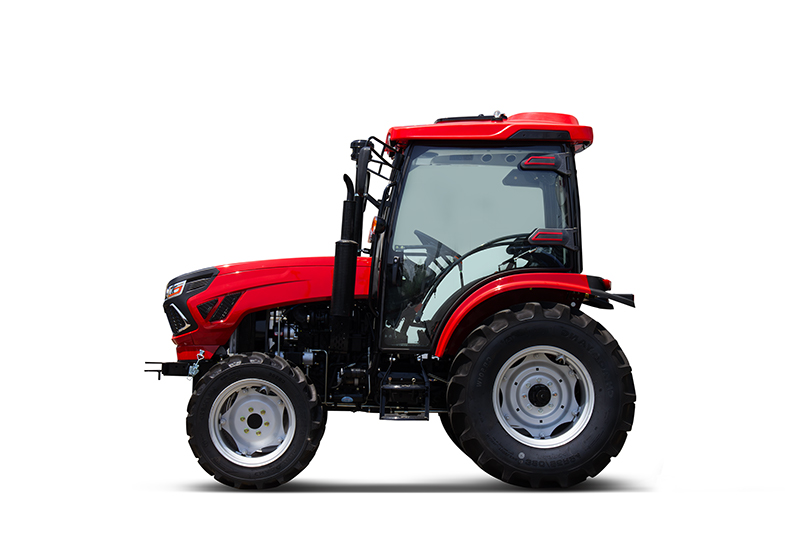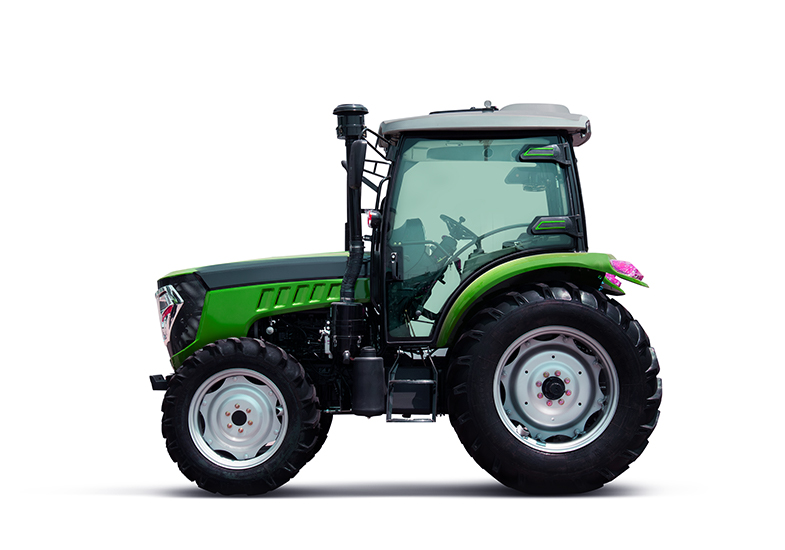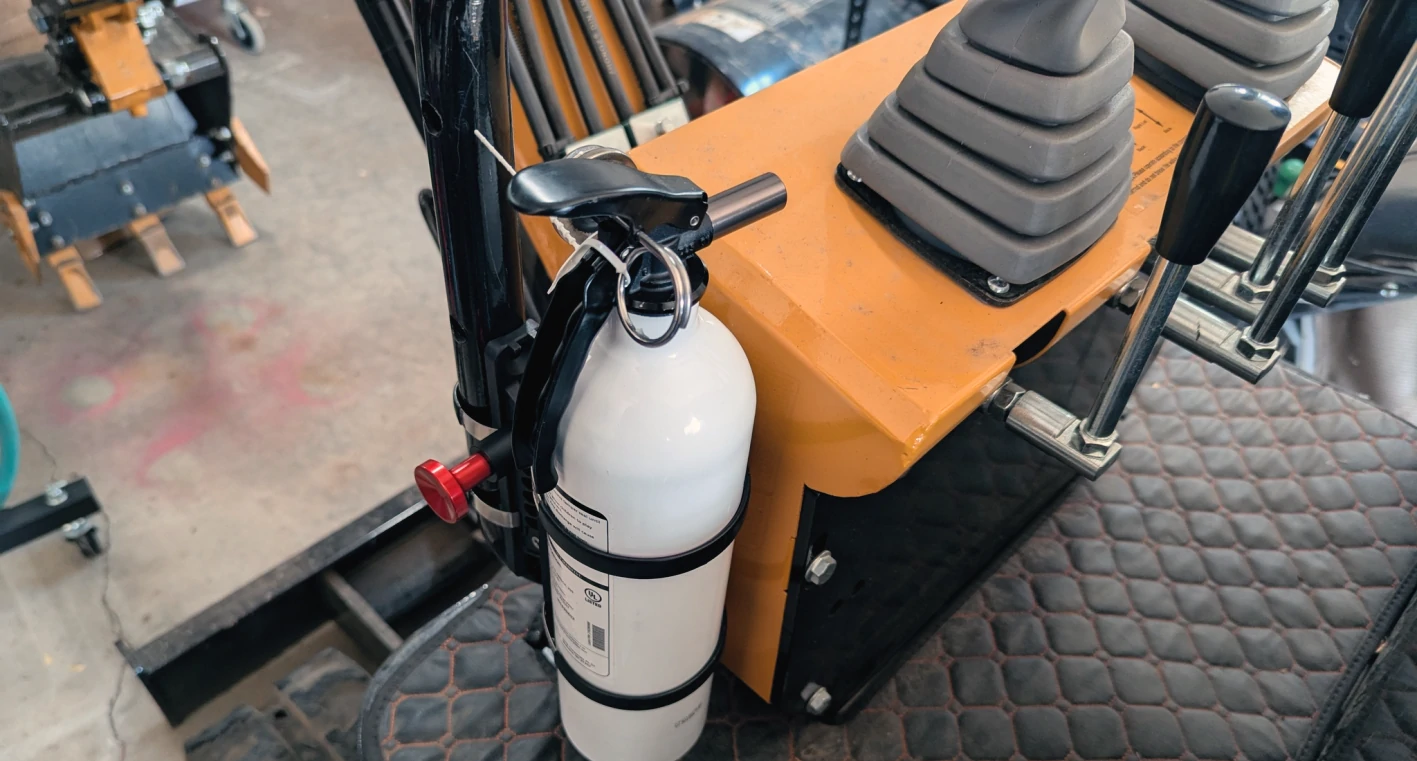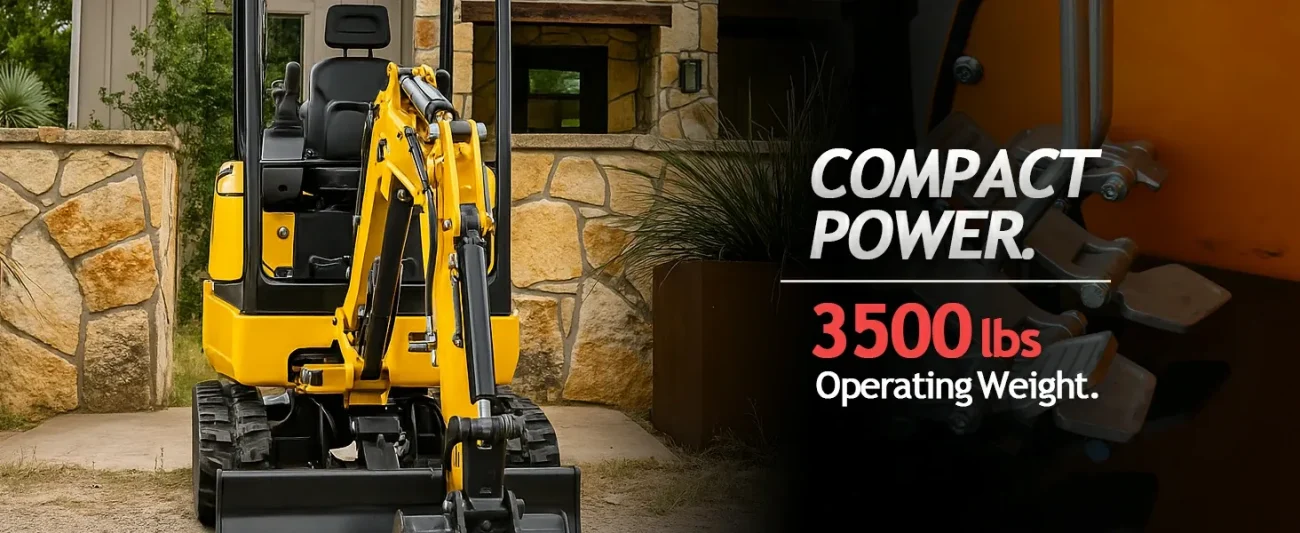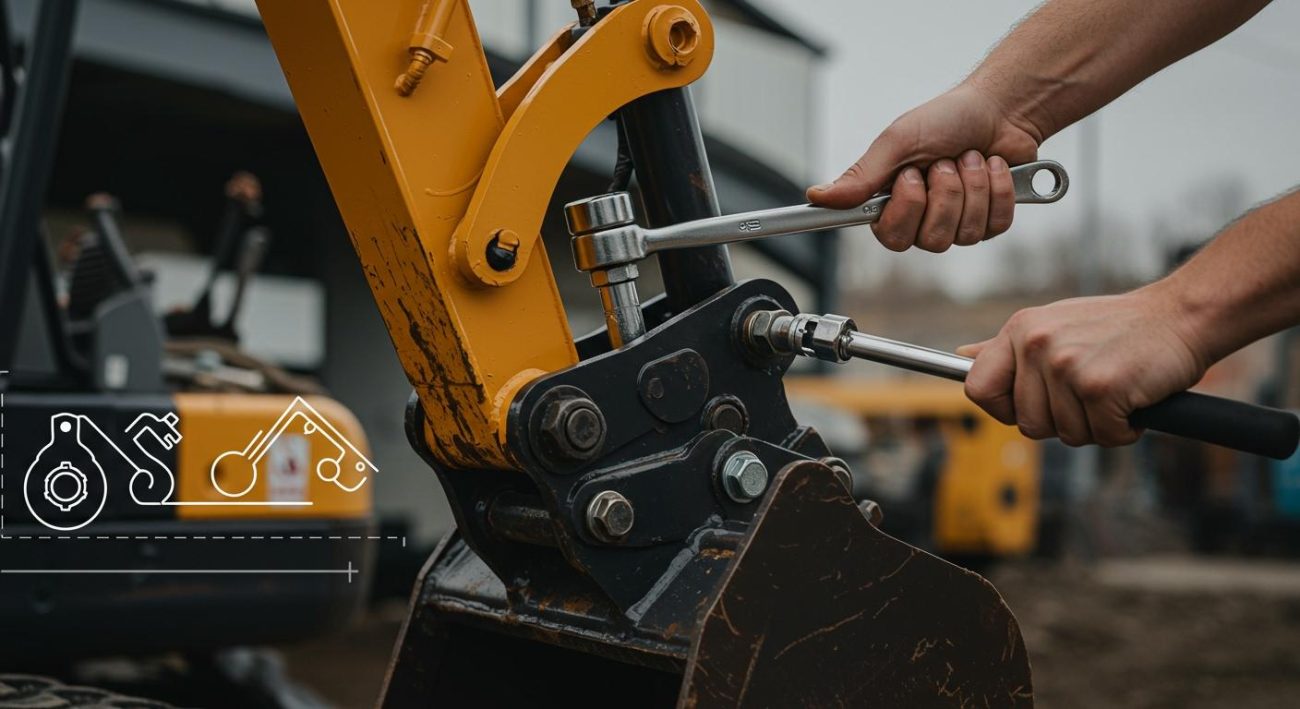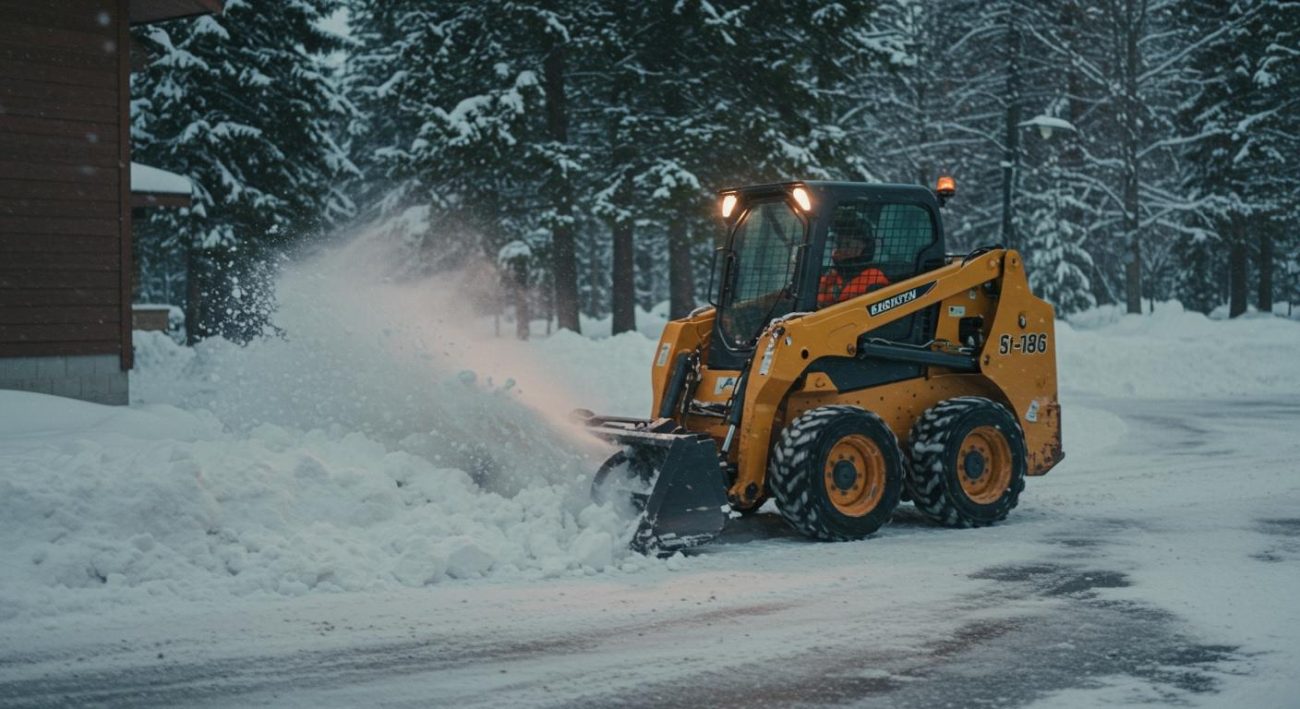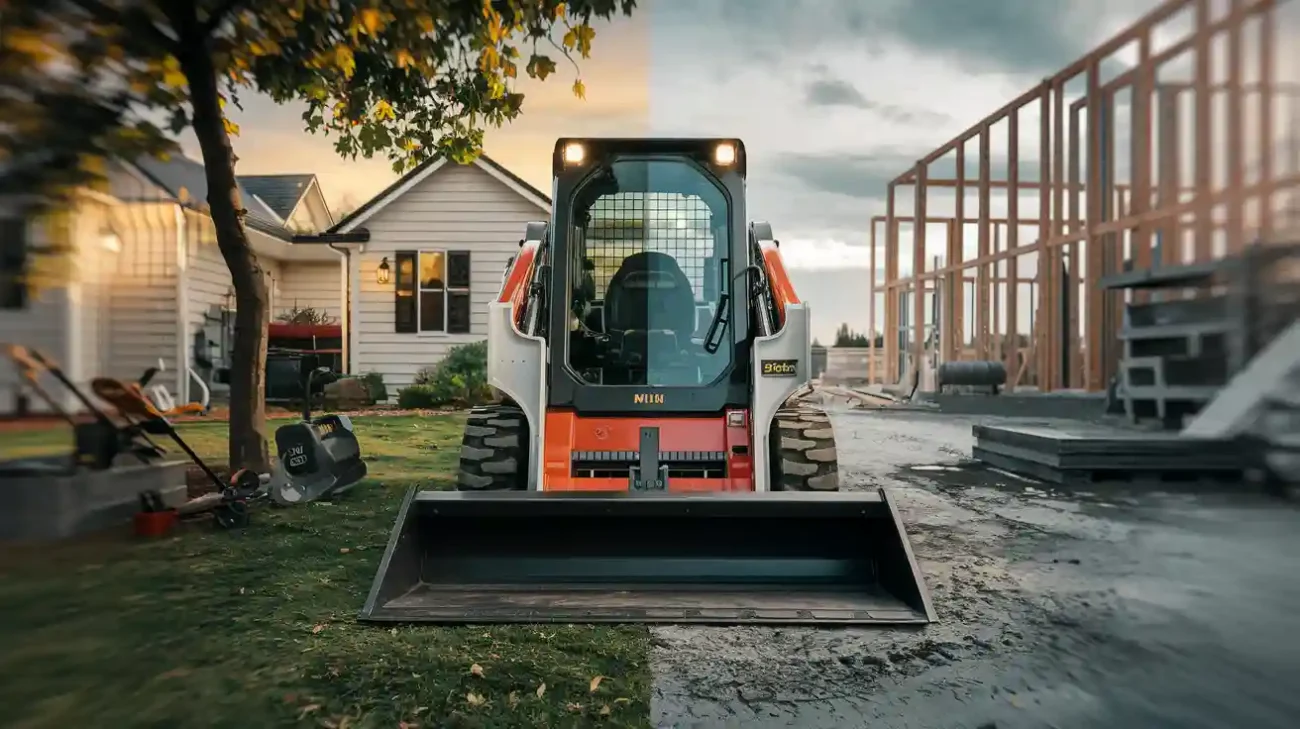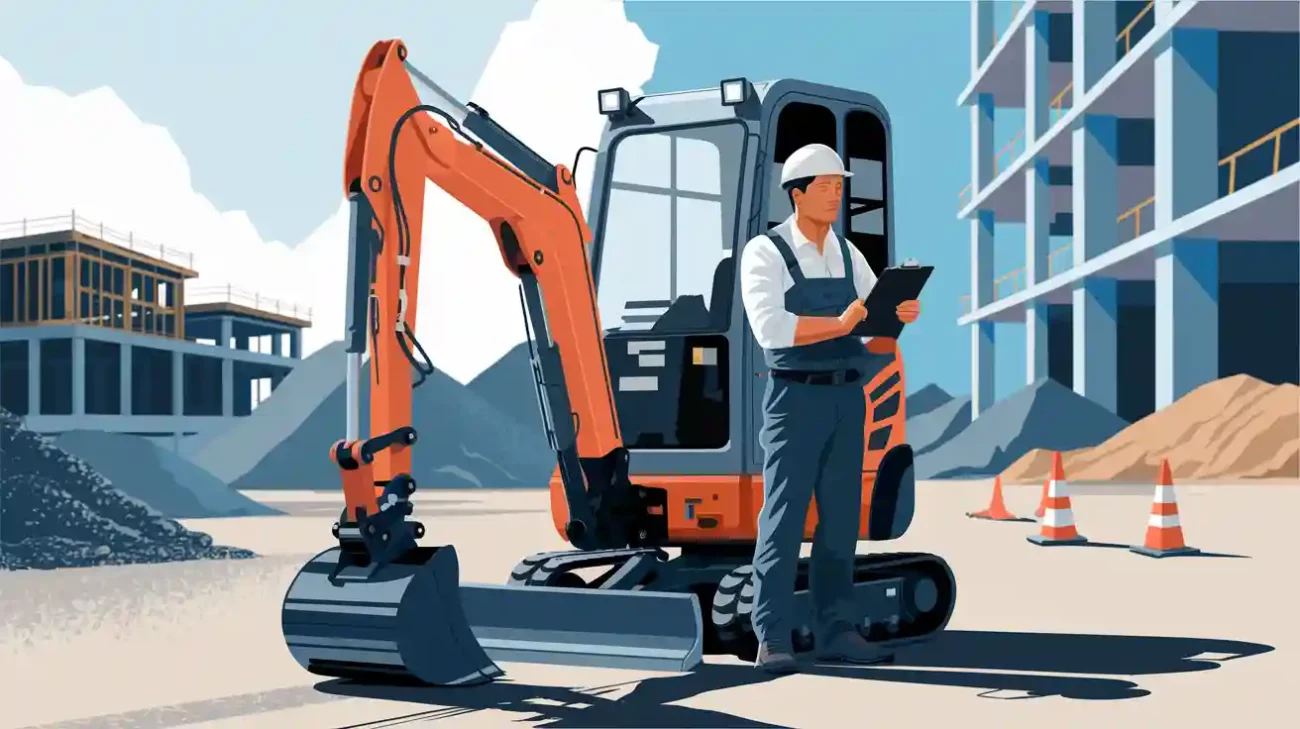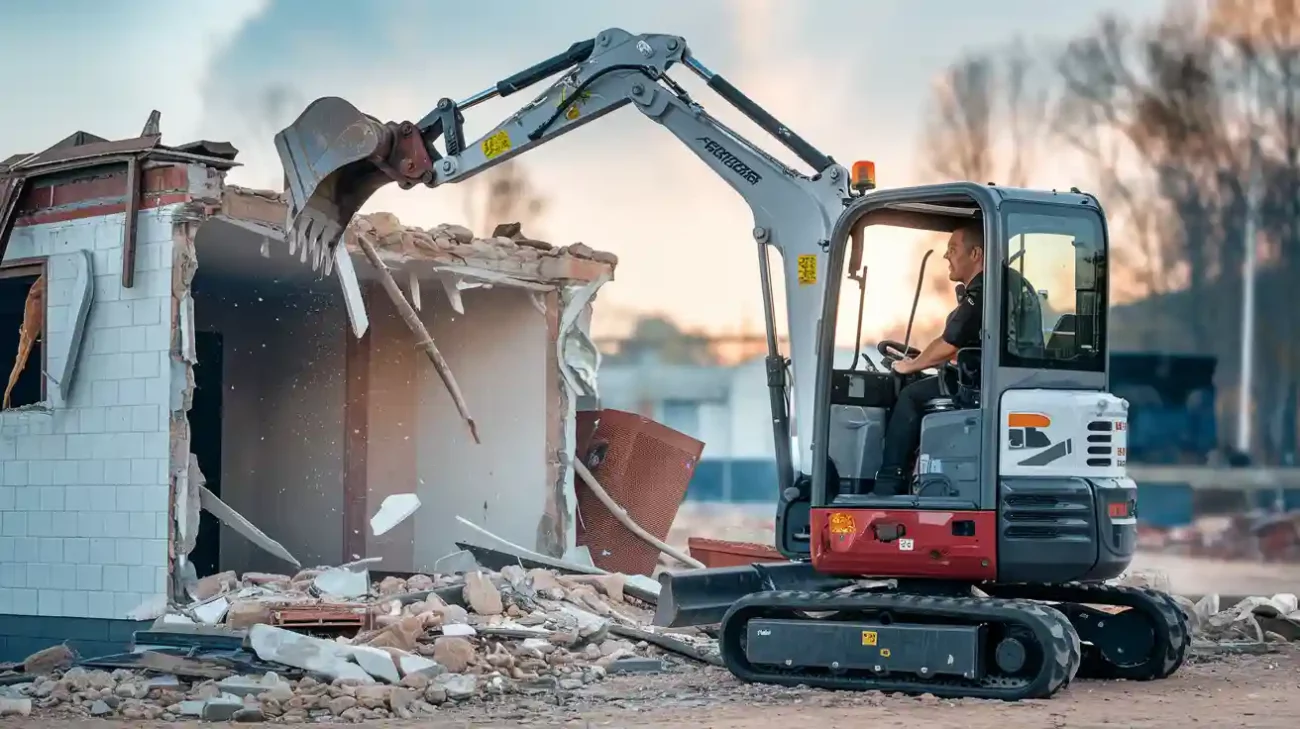You play a crucial role in preventing machine fires and keeping mini machinery safe. Implementing fire safety plans prepares you for each day. By following effective fire safety steps, you ensure the safety of both people and equipment. DeepKron, a leader in innovation and safety, encourages you to use a daily checklist to prevent machine fires.
Key Takeaways
Check for fire risks every day to spot problems early. This helps stop accidents and keeps everyone safe.
Use a fire inspection checklist to make sure safety tools, like extinguishers and alarms, work well. Checking often helps you get ready for fires.
Keep things clean and store flammable materials the right way. Clean and tidy machines lower fire risks and help machines last longer.
Fire Safety Inspection Essentials
Fire Risks in Mini Machinery
DeepKron leads the way in making new compact machines. You use these machines often, but you need to watch out for fire dangers. Mini machinery can be risky because it is small and has strong engines. Engines get hot, wires can break, and some fluids can catch fire. Dust, dirt, and oil can build up and make fires more likely. Bad wiring or broken fuel lines can also cause problems. If you know about these dangers, you can stop them before they get worse.
Doing a fire safety check every day keeps your team and machines safe. You can find problems early and stop accidents. Checking for fire risks helps you see leaks, bad wires, or blocked vents. This keeps your machines safe and protects your workplace.
Key Prevention Principles
You can use some main rules to help stop fires in mini machinery. Fire safety experts say to do these things:
Prevention: Clean up dirt, look for leaks, and keep machines tidy.
Detection and Communication: Make sure alarms work. Tell your team about dangers right away.
Occupant Protection: Keep exits open and teach everyone what to do in an emergency.
Containment: Put flammable things away safely and use barriers if needed.
Extinguishment: Put fire extinguishers where people can reach them and check them often.
Tip: If you follow these rules, you lower the chance of fire and help your machines work well.
Fire Inspection Checklist

A good fire inspection checklist helps you keep mini machinery safe each day. You can use this list to find dangers early and make sure fire protection tools work right. DeepKron makes its compact machines with easy spots to reach and strong parts. This makes your daily fire safety check simple and better.
Extinguishers and Suppression Systems
You need to look at all fire extinguishers and suppression systems before using your machine. Make sure each extinguisher is in the right spot and easy to grab. Check that labels are clear and look at the pressure gauge. You should know which extinguisher to use for each fire:
Description | Recommended Use | |
|---|---|---|
A | Ordinary combustibles (wood, paper, cloth) | Paper, wood, cloth fires |
B | Flammable liquids (gasoline, oils) | Flammable liquid fires |
C | Electrical equipment | Electrical fires |
ABC | Combination of A, B, and C | Most common for mini machinery |
You also need to check the fire sprinkler system and make sure nothing blocks it. DeepKron machines have easy places to put fire safety gear, so you can check and fix these systems fast.
Tip: Check suppression systems before every shift, have a technician look at them each month, and get them recertified every six months.
Exit Routes and Accessibility
Safe exit routes help people get out fast in an emergency. You must keep all paths free from tools, trash, or machines. Make sure exit lights work and everyone knows where to go if there is a fire. The fire inspection checklist should have these steps:
Make sure all exit signs are easy to see and lit up.
Walk each exit path to check nothing blocks the way.
Check that routes are wide enough for everyone to leave fast.
Take away anything that could make someone trip or fall.
Description | |
|---|---|
Clear Pathways | Keep exits free from obstacles. |
Spacious Routes | Ensure exits are wide enough for everyone. |
Remove Hazards | Eliminate tripping or slipping dangers. |
DeepKron machines are made for easy access, so you can keep exit routes open even in small spaces.
Alarm and Detection Systems
Alarm and detection systems help you find fires early. You should test alarms and sensors every day. These systems use smoke, heat, and gas sensors to spot danger fast. Finding fires early can help you act quicker and protect people and machines.
Test all alarms and sensors before you start work.
Make sure alarms are loud enough for everyone to hear.
Check that sensors are clean and not covered by dust or dirt.
Note: New detection systems can send alerts right away, giving you more time to respond.
Flammable Material Storage
You must keep flammable materials safe to stop fires. The fire inspection checklist should include:
Put flammable liquids in approved cabinets with clear labels.
Use safety cans with spring lids for liquids outside cabinets.
Make sure storage areas have good airflow.
Never use regular fridges for flammable liquids; use spark-proof ones.
Keep all chemicals and solvents away from things that can start a fire.
Follow safety rules like OSHA 1910.106 and NFPA 30. DeepKron machines have storage spaces that help you keep flammable materials away from heat.
Electrical Components
Electrical problems can start fires if you do not check them often. You should:
Look at wires and cables for damage or wear.
Watch for signs of overheating, like color changes or burnt smells.
Use thermography to find hot spots in connections.
Make sure all electrical panels are closed and labeled.
Add these steps to your fire inspection checklist to keep your machines safe.
Brakes and Controls
Brakes and controls need to work well to stop accidents that could cause fires. You should:
Test all brakes before you use the machine.
Check control panels for loose or broken parts.
Make sure emergency stop buttons work.
Look at hydraulic lines for leaks.
DeepKron machines use strong parts, so these checks are easy and work well.
Cleanliness and Lubrication
Clean machines stay cooler and safer. You should:
Wipe away dust, oil, and trash from all surfaces.
Use fire-resistant lubricants, like water glycols or polyol esters, to lower fire risks.
Put used lubricants in safe containers.
Never mix different oils, as this can change how easily they catch fire.
Cleaning and using the right lubricants help your machines last longer and lower fire risk. DeepKron’s easy-to-clean designs help you keep up with daily cleaning.
Callout: A full fire inspection checklist covers extinguishers, exit routes, alarms, storage, electrical parts, brakes, and cleaning. Using this checklist every day keeps your team and machines safe.
Fire Inspection Checklist Table
Here is a quick table for your daily fire inspection checklist:
Task | What to Check |
|---|---|
Exit lights and egress paths | Lights on, paths clear |
Fire extinguishers and sprinkler system | In place, labeled, not blocked |
Fire alarm controls | Working, tested |
Storage of liquids and chemicals | Proper cabinets, labeled, ventilated |
Water supply | Accessible, not obstructed |
Overloading equipment | No signs of overuse |
Occupancy limitations | Not exceeded |
Housekeeping and fire safety | Clean, no debris |
Doing fire inspections and using a good checklist helps you follow the rules and keep your workplace safe. DeepKron’s focus on easy access and strong parts makes these checks simple for you.
Preventing Machine Fires

Mini machinery needs good fire safety steps every day. You can make things safer by using the right ways to stop machine fires. This part gives you easy tips for your daily work. It also shows how DeepKron helps keep you safe.
Assemble fire extinguishers
You need to put fire extinguishers in the right places and take care of them. This helps you act fast if a fire starts. Here are some steps to keep your fire protection strong:
Read the instructions for each extinguisher. Learn how to use and place them on your mini machinery.
Check each extinguisher for dents, leaks, or missing parts.
Look at the pressure gauge. The needle should be in the green area.
Test handles, pins, and hoses to see if they work.
Find the expiration date. Replace any extinguisher that is too old.
Write down each check and any repairs you do.
Have a professional check your extinguishers on a regular schedule.
Tip: You should look at fire extinguishers every month. A trained expert must do a full check once a year. These steps follow NFPA and OSHA rules for fire safety.
Looking at extinguishers each month helps you find problems early.
Yearly checks by experts keep your equipment ready.
These steps are important for stopping machine fires and keeping your team safe.
Equipment Maintenance
Taking care of your equipment is a big part of stopping machine fires. You need to keep every part of your mini machinery working well. This means you must do more than just check for fire safety. You also need to do fire protection tasks every day.
Here are some good habits for you and your team:
Clean your machines after you use them. Take away dust, oil, and trash.
Check wires and cables for damage or heat signs.
Look at fuel lines and tanks for leaks.
Test brakes, controls, and emergency stops before you start work.
Put flammable liquids in safe, approved places.
Use only the right lubricants and never mix different kinds.
Note: Regular fire checks help you find small problems before they get worse. You can stop fires by fixing leaks, cleaning up spills, and changing worn parts.
DeepKron helps you with easy-to-clean designs and strong, safe parts. The company also gives guides and training to help you learn about stopping machine fires. You can ask DeepKron’s customer support team for help or advice any time.
Maintenance Task | How Often | Why It Matters |
|---|---|---|
Clean machine surfaces | Daily | Stops dust and oil buildup |
Inspect wiring | Weekly | Prevents electrical fires |
Check fuel systems | Weekly | Stops leaks and spills |
Test brakes and controls | Before each use | Prevents accidents and fires |
Service extinguishers | Monthly/Annually | Keeps fire tools ready |
You are the most important person for stopping machine fires. Stay alert, use your checklist, and keep learning. DeepKron helps you by making safe machines and giving expert advice.
Checking mini machinery for fire risks each day keeps your team safe. A checklist helps you find problems before they get worse. This habit saves money and helps your machines work longer. It also helps people trust you. Always pay attention, keep learning new things, and count on DeepKron’s safety and new ideas.
FAQ
What should you do if you find a fire risk during your inspection?
If you see a fire risk, stop using the machine right away. Tell your supervisor about the problem. Do not use the machine again until it is fixed.
How often should you clean your mini machinery to prevent fires?
You need to clean your mini machinery every day. This helps get rid of dust, oil, and trash that might start a fire.
Where can you find more fire safety tips for DeepKron machines?
Resource | How to Access |
|---|---|
DeepKron Website | |
User Manuals | These come with your machine |
You can contact DeepKron |

